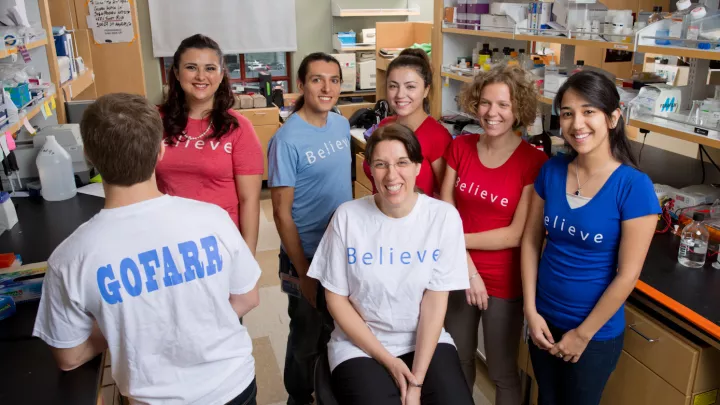The Intersection of Autism and Vision Disorders
There is a lot of research on the use of eye tracking to study visual attention in children with autism. Some studies indicate that when looking at pictures of people, individuals with autism focus on non-social aspects of the picture rather than social aspects such as looking at people’s eyes. Yet many children with autism have issues with ocular motility and have an increased incidence of strabismus and amblyopia—creating problems with binocular vision.

“There haven’t been any studies looking at whether visual disorders could affect eye tracking or visual attention in kids with autism,” says Melinda Chang, MD, a pediatric neuro-ophthalmologist in The Vision Center. Her research interest is in the intersection between visual disorders and neurodevelopment.
Dr. Chang is beginning a pilot study to find out if vision problems could be affecting visual attention and behavior in kids with autism. She plans to enroll 25 children with autism and visual disorders and 25 with autism but without visual disorders. The objective is to determine if treating the visual disorder reduces symptoms of autism. Another goal is to help screen for vision problems in kids with autism because they tend to be underdiagnosed. “Often, they can’t tell us that they can’t see,” says Dr. Chang.


